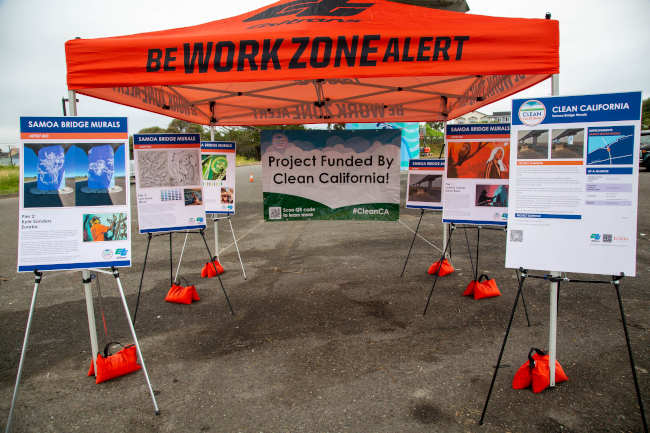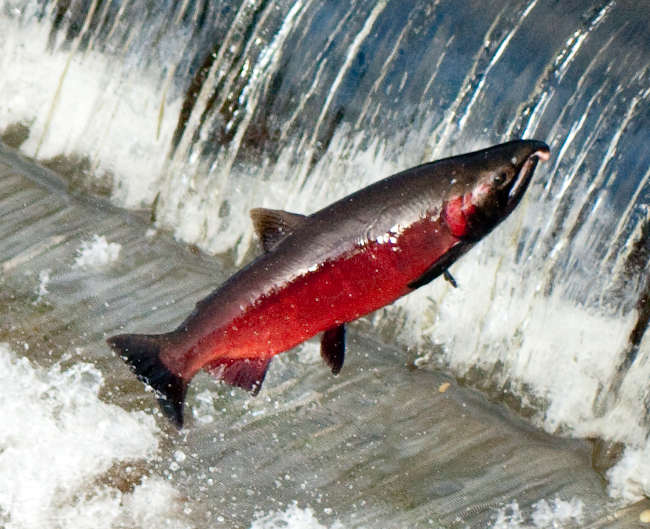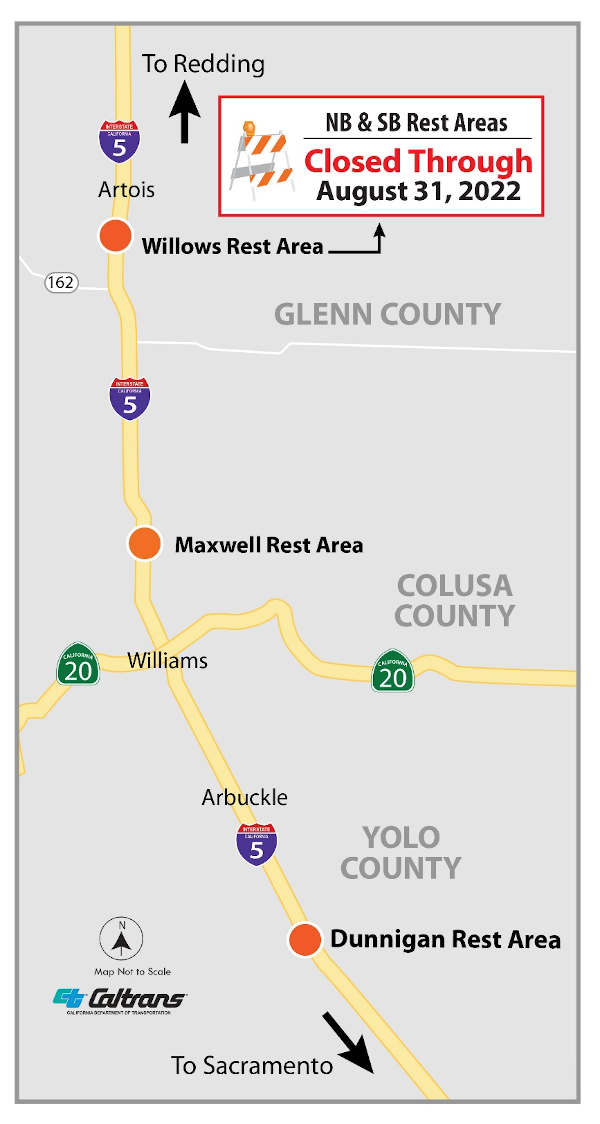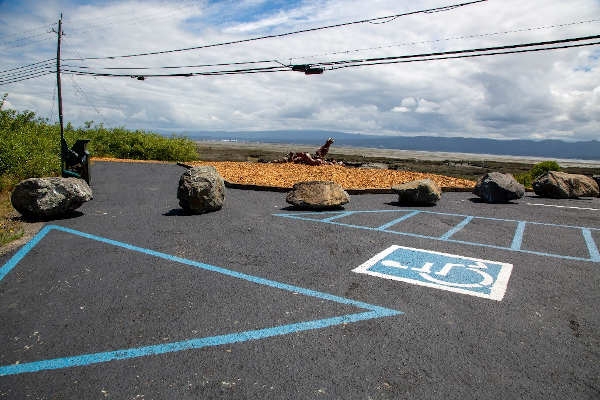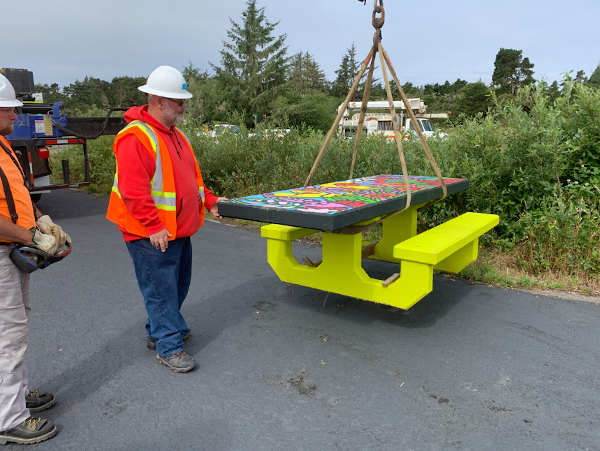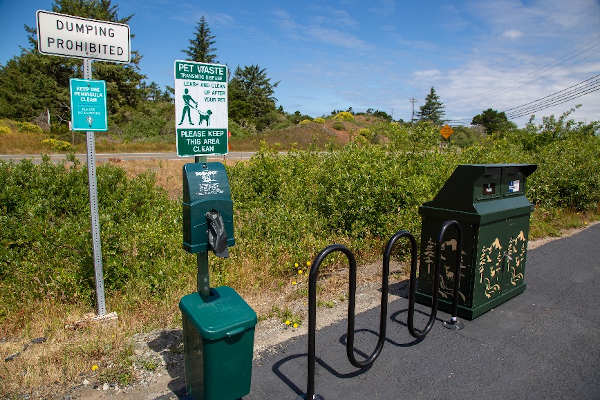- Caltrans
- Posted On
Caltrans and Eureka kick off Clean California Samoa Bridge Murals project at Eureka Street Art Festival
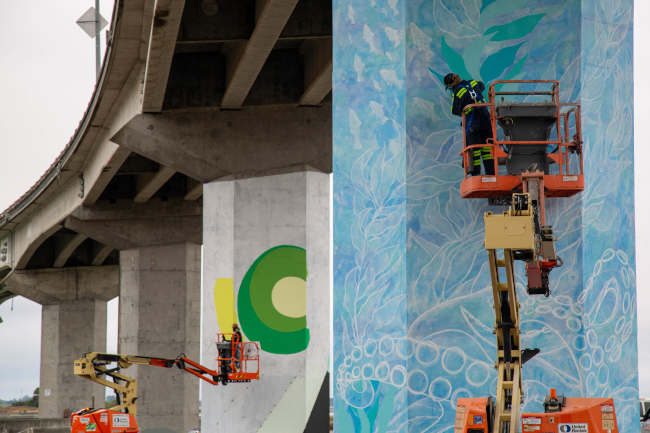
EUREKA, Calif. — Caltrans and the city of Eureka on Monday kicked off the Samoa Bridge Murals project, part of this year’s annual Eureka Street Art Festival.
The project is made possible through Gov. Gavin Newsom’s Clean California initiative, a sweeping $1.1 billion, multiyear cleanup effort led by Caltrans to remove trash, create thousands of jobs and engage communities to transform public spaces.
“Eureka’s idea to use Samoa Bridge as a concrete canvas for large-scale murals — art being created over the seven days of the festival by Northern California artists as the public looks on — is truly inspiring, ingenious, inclusive and fun,” said Caltrans Director Tony Tavares. “The creative and community-oriented aspects of this Humboldt Bay waterfront project are great examples of what Gov. Newsom had in mind when he launched the Clean California initiative last year and charged Caltrans with its implementation.”
The Samoa Bridge Murals project will adorn four of the land-based columns that support the bridge, which spans Humboldt Bay on State Route 255.
The $307,000 project will simultaneously beautify the recreational area, discourage graffiti, foster local pride, benefit a low-income area and advance plans for future improvements on the waterfront.
“The Clean California initiative has allowed the department to work collaboratively with local communities to beautify areas in ways which have not previously been possible,” said Caltrans District 1 Director Matthew Brady. “This project fulfills a yearslong discussion with our partners in Eureka.”
The murals will be created by California artists Joshua Lawyer of Santa Rosa, Kyle Sanders of Eureka, Laci Dane of Wiyot and Jessica Cherry of Crescent City, all of whom have prior large-scale mural experience.
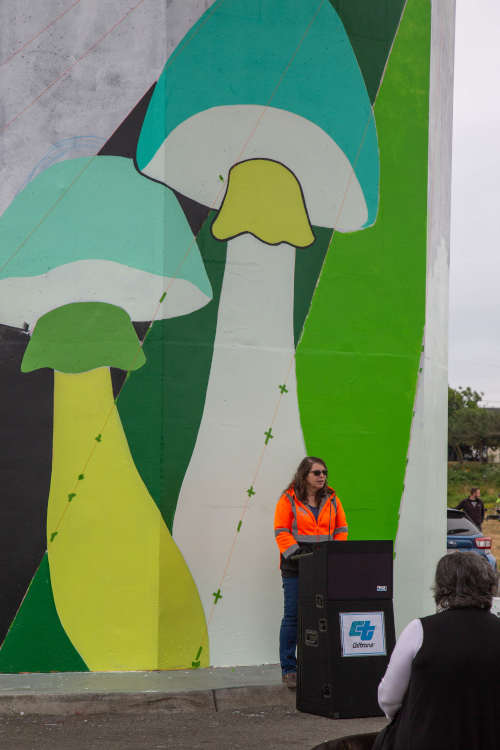
Artists were chosen through the Eureka Street Art Festival, an annual, weeklong event focused on creating accessible art in public spaces to support community revitalization and attract visitors.
The community is invited to participate in the unique opportunity to interact with artists throughout the week as they create large-scale works of art.
“We are very excited about this project with Caltrans,” said Jenna Catsos, co-founder of the Eureka Street Art Festival. “The community partnerships are one of the best parts of this Festival, and this is allowing us to bring public art to Eureka on a huge scale. These colorful pieces will really brighten the waterfront, and we are pleased to be bringing a great group of artists on for this project."
This project is among 126 Clean California beautification projects worth $312 million designed to transform communities and create connectivity along the state highway system.
Additionally, in March, Gov. Newsom announced 105 Clean California projects statewide funded by nearly $300 million in Clean California local grants to remove litter and transform public spaces in underserved communities. Collectively, these projects are expected to generate 7,200 jobs.
Since launching Clean California in July last year, Caltrans has removed more than 812,000 cubic yards of litter from state highways — the equivalent of 13,000 tons or enough to fill 249 Olympic-size swimming pools — and hired 735 new team members as part of Clean California, including 565 maintenance workers who collect litter and remove graffiti.
For more information, visit CleanCA.com.
